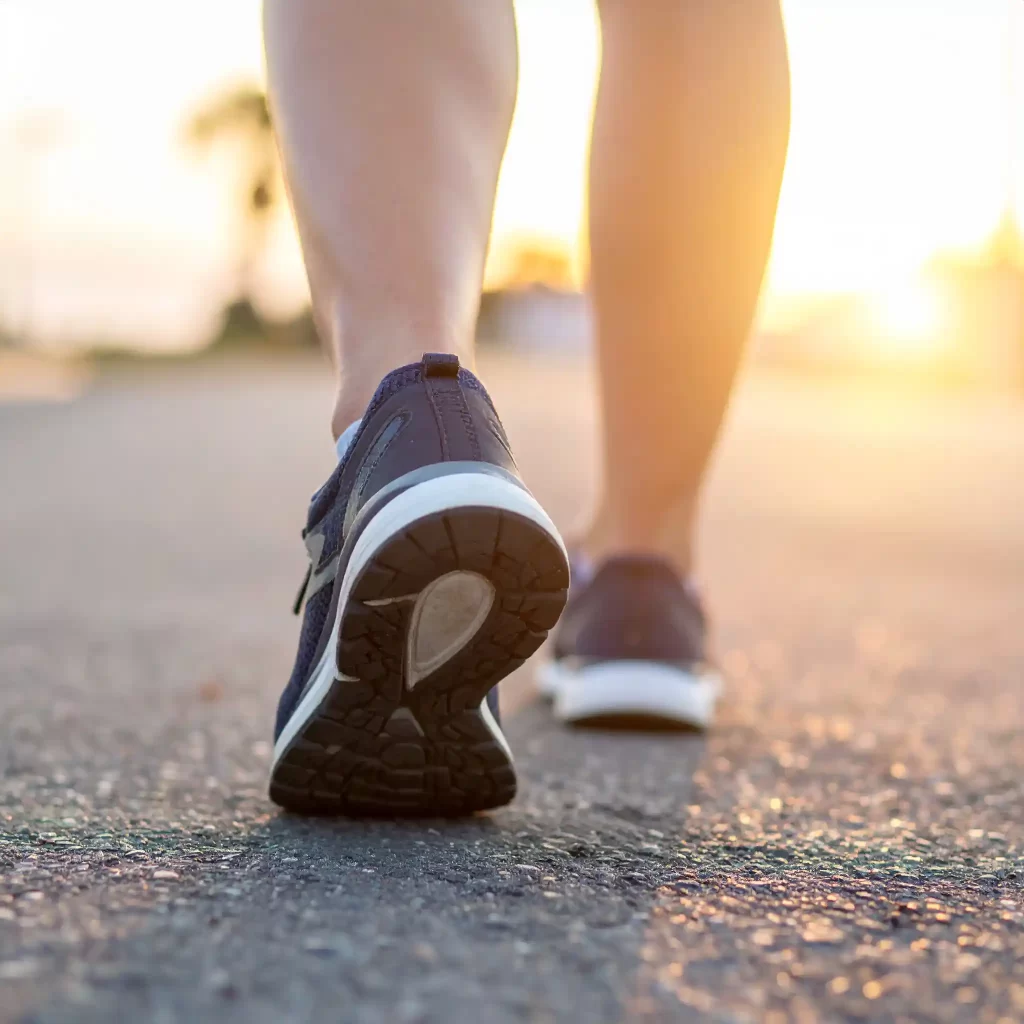The Counterintuitive Secret Every New Runner Should Know
If you’re new to running or just getting serious about fitness, you might think the best way to get faster is to push your pace every time you lace up. But here’s a surprising truth: slowing down is actually the key to speeding up.
Let’s break down why running slow is the fastest way to get faster—and how it can transform your running journey.
The Science Behind Slow Running
Running at an easy, conversational pace—think of it as a jog where you can chat or even sing—does more than just feel good. It’s a proven method to:
- Build endurance: Slow running helps your body adapt to the stress of running, strengthening your muscles, joints, tendons, and bones with less risk of injury.
- Boost your aerobic engine: Easy miles train your cardiovascular, respiratory, and muscular systems to work more efficiently, allowing you to run longer and recover faster.
- Increase mitochondrial density: These “power plants” in your cells help you use oxygen and fuel more efficiently, raising your lactate threshold so you can run faster before fatiguing.
Injury Prevention = More Consistency
Running fast all the time puts a lot of strain on your body and increases your risk of injury. Slow running reduces this risk, giving your body time to adapt and recover. That means fewer setbacks and more consistent training, which is the real secret to long-term improvement.
“Choosing low-intensity exercise over high-intensity exercise can decrease the risk of overtraining, which means you’re less likely to suffer from stress-related illness and injury in the long term.”
The 80/20 Rule: How the Pros Train
Most experienced runners follow the 80/20 rule: about 80% of your weekly mileage should be at an easy, slow pace, with only 20% at higher intensities (like intervals or tempo runs)6. This allows you to:
- Log more miles safely, building your fitness foundation.
- Handle more speed work when you do add it, because your body is stronger and better conditioned.
If you can run more slow miles, you can handle more fast miles later—which is how you set yourself up for personal bests.

Slow Running Improves Your Form and Mindset
Running slower makes it easier to focus on your technique and running form, since you’re not gasping for air or pushing to your limit. This not only helps prevent injuries but also makes you a more efficient runner over time.
Plus, easy runs teach patience and discipline—qualities every runner needs, especially when facing the mental challenges of longer races or new distances.
What Does “Slow” Mean for You?
There’s no universal pace for “slow.” It’s different for everyone. The best guideline: run at a pace where you can hold a conversation comfortably—no huffing and puffing needed1. As your fitness improves, you’ll notice that your “slow” pace naturally gets faster over time.
Takeaway: Trust the Process
If you’re tempted to chase speed every run, remember: the path to running faster is paved with slow, steady miles. Embrace the easy pace, build your base, and watch your speed—and enjoyment—grow.
Ready to get faster? Start by slowing down. Your future self (and your knees) will thank you.
